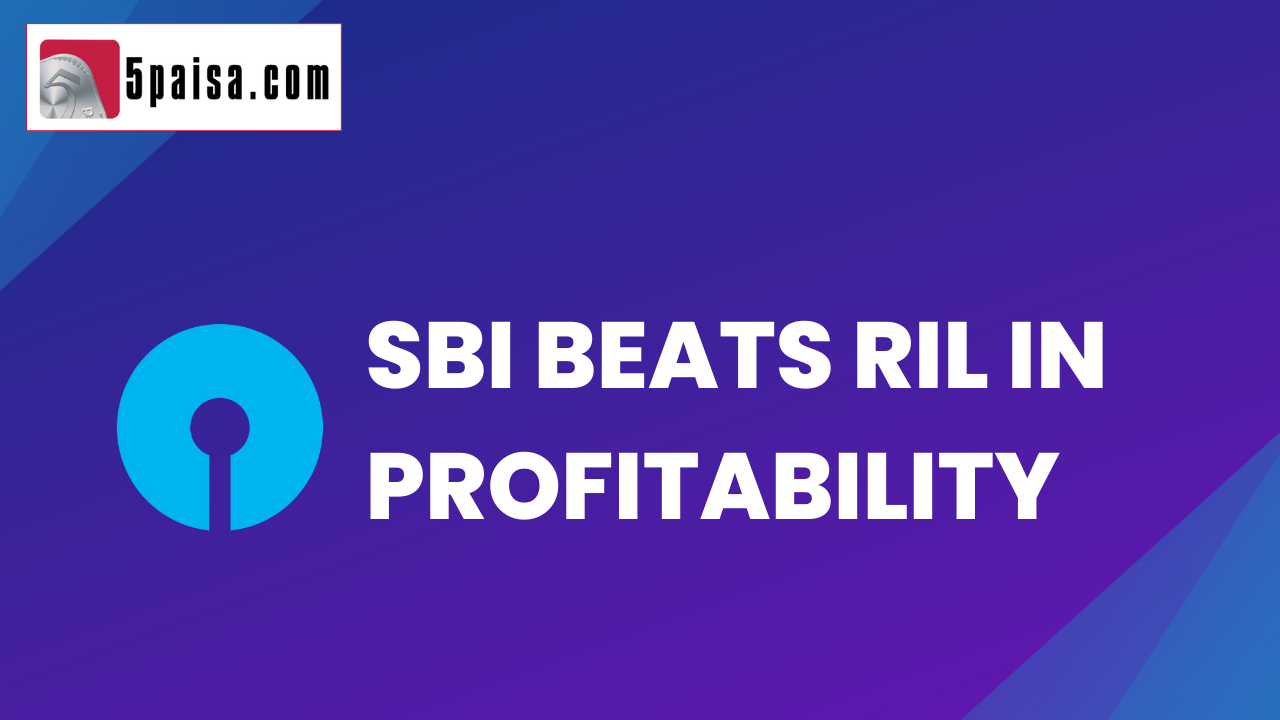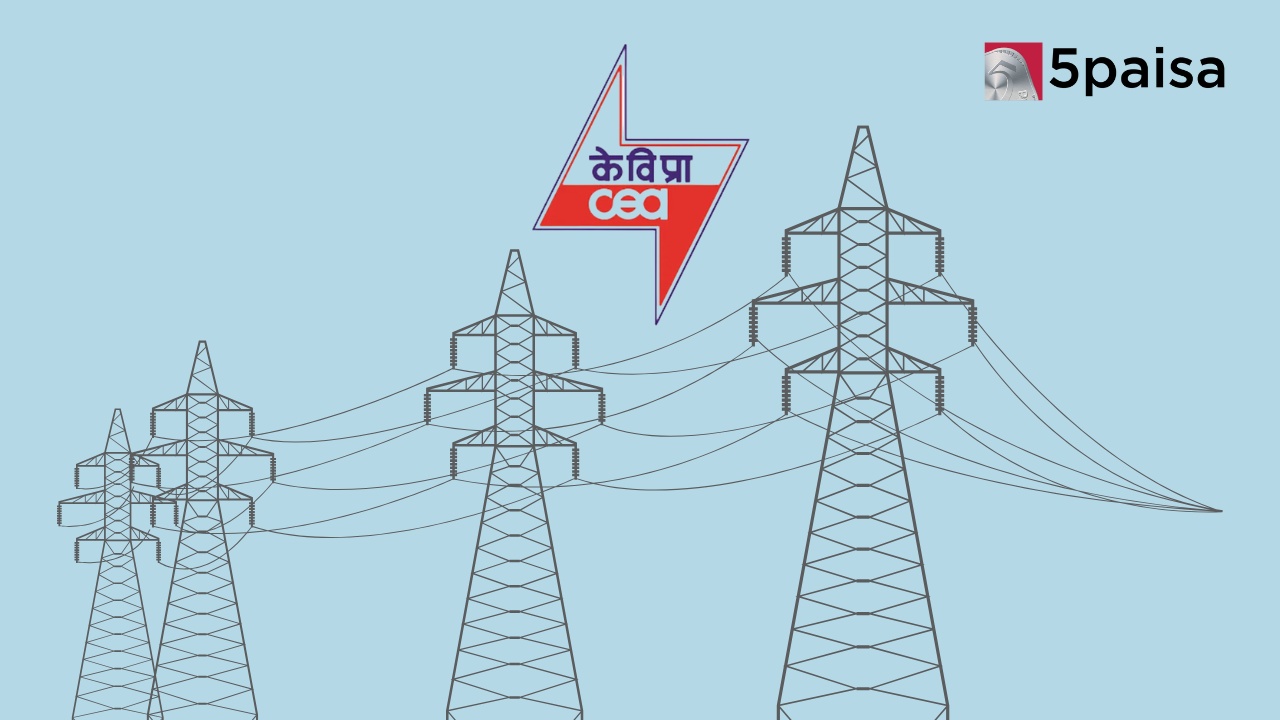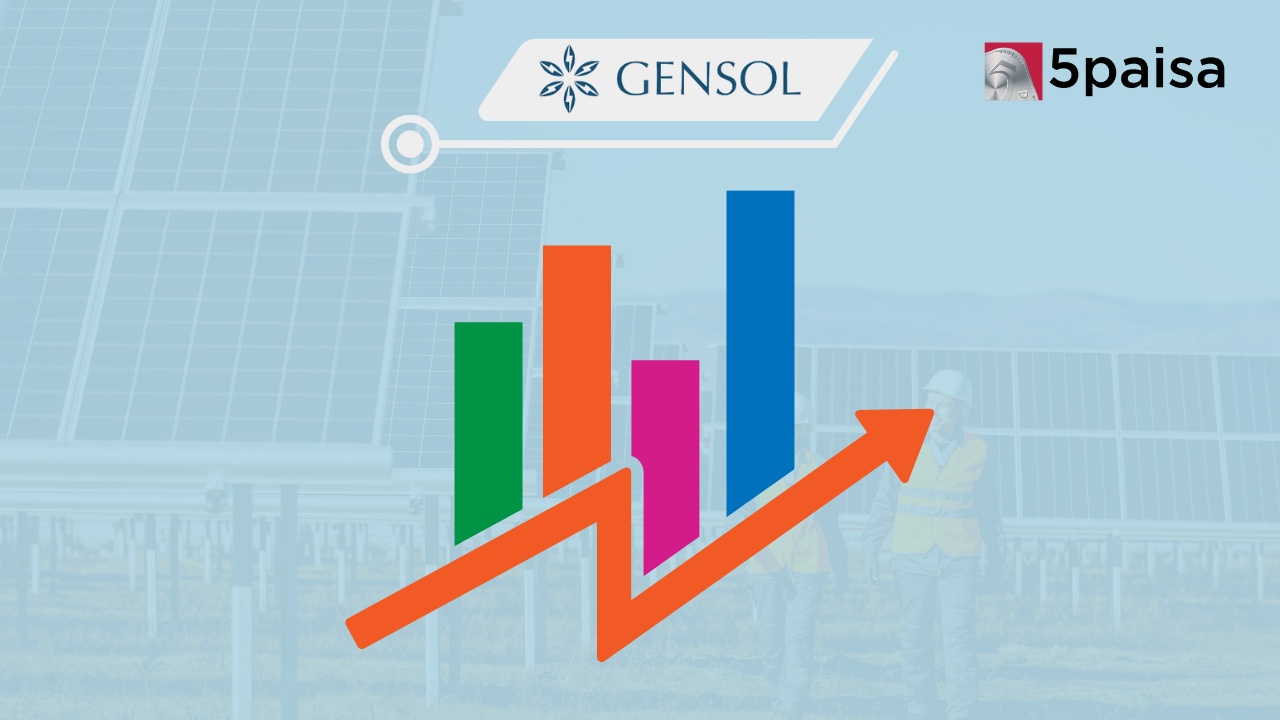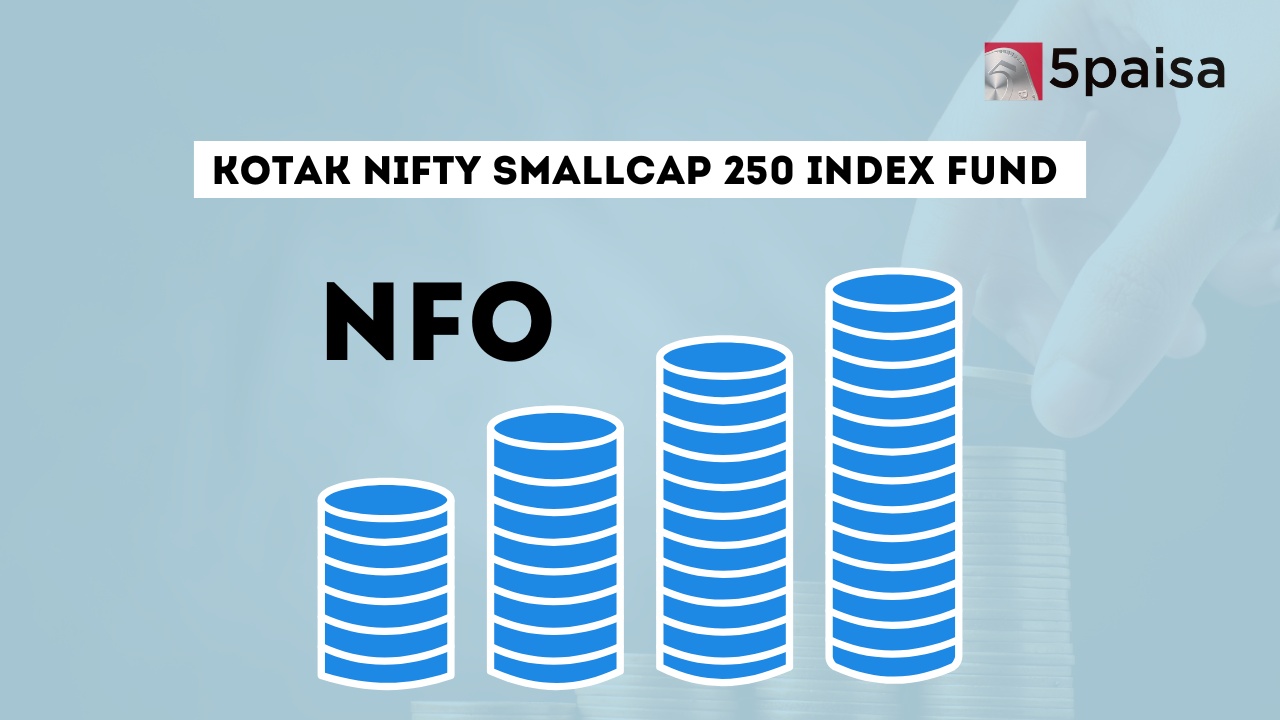SBI pips Reliance to become the most profitable company in Q2FY23

Last Updated: 7th November 2022 - 05:17 pm
For a long time, the story of profits was about the likes of Reliance Industries, TCS and HDFC Bank. With formidable cash stashes and hefty profits, they were literal private sector cash generating machines. This time there is a change. In Q2FY23, Reliance Industries is not the most profitable company in India. The most profitable company in Q2FY23 is a surprise candidate, the staid and sedate State Bank of India (SBI). With a net profit of Rs14,752 crore in the Q2FY23 quarter, SBI got the better of Reliance Industries which had reported net profits of Rs13,656 crore for the September 2022 quarter.
Some would argue that this was an exceptionally weak quarter for Reliance Industries on account of weak gross refining margins (GRMs) as well as a hit of Rs4,039 crore in the quarter on account of the windfall tax imposed on exports. However, to be fair, SBI also takes those occasional hits on account of huge loan loss provisions or on account of provisions for investment diminution amidst rising rates and bond yields. In the past, Tata Steel and ONGC had briefly bettered the profits of Reliance in recent quarters. However this is the first time that India’s largest and most dominant PSU bank has emerged the winner.
SBI had some special advantages in this particular quarter. In the words of the SBI chairman, Dinesh Kumar Khara, the bank had booked treasury profits in the quarter, which boosted its top line and also its bottom line. For instance, SBI holds Rs2.85 trillion of excess SLR investments as against the minimum statutory liquidity ratio (SLR) requirement of 19%. This is to ensure that a chunk of the bank assets are invested in safe government securities by default to maintain the safety and integrity of the bank in particular and the banking system in general. Its These notional gains had resulted in a boost to profits in the quarter.
However, treasury gains were just part of the story. The core business of SBI has also shown tremendous traction in the quarter. For example, the net income is up 66% on a yoy basis compared to just Rs8,890 crore profits in the year ago quarter. Total income for the quarter was up by about 14.6% yoy at Rs114,782 crore. However, Reliance is still the most profitable company in the first half of FY23. If you look at the top line revenues, then RIL revenues at Rs253,497 crore is more than twice the revenues reported by SBI. Even in the banking space, SBI has raced ahead of HDFC Bank, which reported net profits of Rs11,125 crore.
Some of the numbers reported by SBI in the quarter have been really impressive. For instance, the net interest income (NII) for the quarter surged by 13% yoy to Rs35,183 crore. The treasury gains resulted in other income of Rs24,400 crore and accounted for nearly one-fourth of the total revenues of SBI for the quarter. That may not exactly be sustainable on a continuous basis. SBI gained from the rate hikes as it resulted in a much quicker rise in its yield on advances and investments as compared to the increase in cost of funds. This resulted in a 5 bps improvement in the net interest margin (NIM) for Q2FY23 to 3.55%.
SBI took some interesting strides in its core business book. Prima facie, the pace of growth in interest expense at 16.6% was more than the pace of growth in interest income at 15%. However, the interest expense growth is on a much smaller base. For the quarter, the total advances of SBI surged by 20% yoy at Rs30.35 trillion with nearly a third accounted for by retail loans. At the same time the corporate loans grew at 21.2% in the quarter while the SME credit and the agriculture credit by 13.24% and 11% respectively. Of course, the big thrust to profit came from the other income, largely the treasury income of SBI.
Finally, there was improvement in the asset quality of SBI too. For instance, the gross NPAs fell by 138 basis points to 3.52% while net NPAs also fell by 72 basis points to 0.80%. There was also a sharp fall of 25.5% in the bad loan provisions at Rs2011 crore in the quarter. One can argue that gross NPAs are still high in percentage terms, but the absolute gross NPAs actually fell by 13.8% in rupee terms at Rs106,804 crore. If SBI has overtaken RIL in this quarter on net profits, there appears to be an eminent performance logic to it.
- Flat ₹20 Brokerage
- Next-gen Trading
- Advance Charting
- Actionable Ideas
Trending on 5paisa
01
 5paisa Research Team
5paisa Research Team
06
 5paisa Research Team
5paisa Research Team
Indian Market Related Articles
Disclaimer: Investment in securities market are subject to market risks, read all the related documents carefully before investing. For detailed disclaimer please Click here.




